Janaki Thevar, The 18-YO Who Commanded Burma’s ‘Rani of Jhansi’ Regiment
Honoured with the Padma Shri, Janaki Thevar took over the leadership of INA's Rani of Jhansi regiment in Burma when she was just 18 years old!
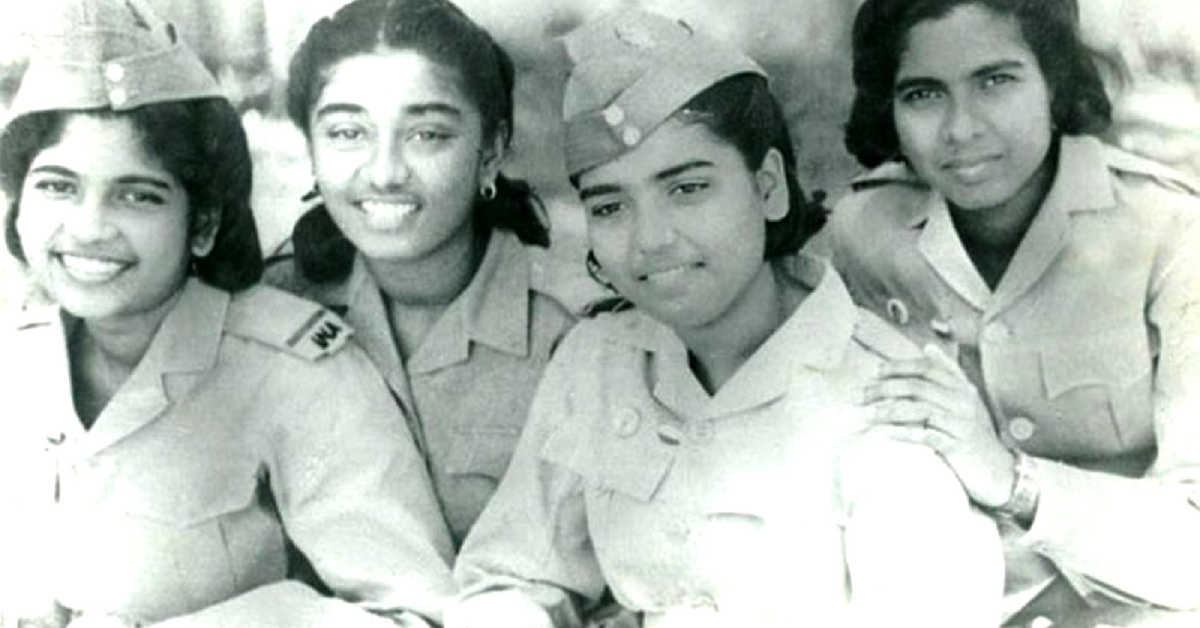
To honour this nation’s Independence Day, we bring you the fascinating stories of #ForgottenHeroes of #IndianIndependence that were lost among the pages of history.
The stories of both Subhas Chandra Bose and his Azad Hind Fauj (also known as the Indian National Army or INA) have long been the stuff of legend. Yet few have heard of the ‘Rani of Jhansi’ regiment, an integral part of the INA.
Fewer still have heard the extraordinary stories of the ordinary women who made up this all-female regiment. One such unacknowledged heroine is a girl who lived a life of intrigue and danger to help her nation fight colonial rule.
The girl was Janaki Thevar, an 18-year-old who took over the leadership of the ‘Rani of Jhansi’ regiment from Lakshmi Sahgal in erstwhile Burma. Here’s her untold story.
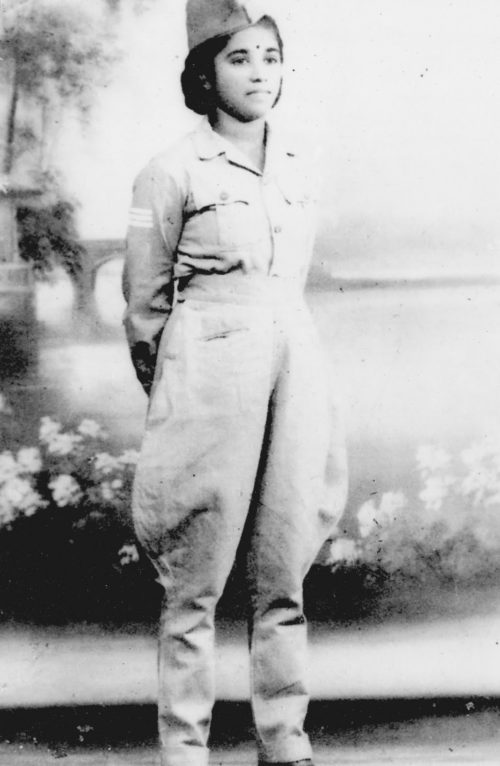
Born and brought up in a well-to-do Tamil family living in then British Malaya, Janaki was only 16 when Subhash Chandra Bose arrived in Singapore in July 1943. His aim? To collect funds and recruit volunteers for INA.
Addressing a gathering of nearly 60000 Indians (of which Janaki was a part), the charismatic leader made a fiery speech, urging everyone to take up arms against the British Raj. It was Netaji’s powerful words that kindled a fervour in the young girl to fight for the freedom of a country she had never seen but felt like she belonged to.
Janaki’s first step was to remove all her expensive gold jewellery and donate it to the Indian National Army. Next, she announced her decision to participate in one of the most improbable events in World War II’s Asia-Pacific theatre — the creation of an all-female combat squad, INA’s ‘Rani of Jhansi’ Regiment (RJR)!

Janaki’s announcement led to immediate and strong objections from her family, especially her father. But the deeply patriotic girl stood her ground and after much persuasion, her father reluctantly agreed. (According to RJR’s rules, unmarried applicants needed the signature of their fathers and married women of their husbands on the application form.)
And so, by the time RJR was formally inaugurated on October 22, 1943, on Singapore’s Waterloo Street, Janaki was an integral part of INA’s 500 ‘fighting Ranis’. Here, they trained under the command of Captain Lakshmi Swaminathan (later Lakshmi Sahgal), the daughter of an Indian National Congress leader who had settled in Singapore after the onset of the war.
You May Like: She Not Only Led India’s First All-Women Regiment But Was Also A Doctor, Social Activist & Much More!
The daily drill at RJR included night marches, bayonet charging, tactical combat and weapon skills including rifles, machine guns and grenades. The training was tough, the conditions were basic and quite unlike the privileged, middle-class world to which many of the girls were used to.

Each of the girls also knew when they left home that the probability of their return was extremely small. Yet, they persevered, choosing the hardships of camp life over the security of their homes. For they knew that their role in RJR also promised liberation of another kind: their own.
“We may be the softer and fairer sex but surely I protest against the word ‘weaker’. All sorts of epithets have been given to us by man to guard his own selfish interests. It is time we shattered these chains of men along with the chain of Indian slavery”, wrote 17-year-old Janaki in a Malayan newspaper, giving voice to these aspirations.
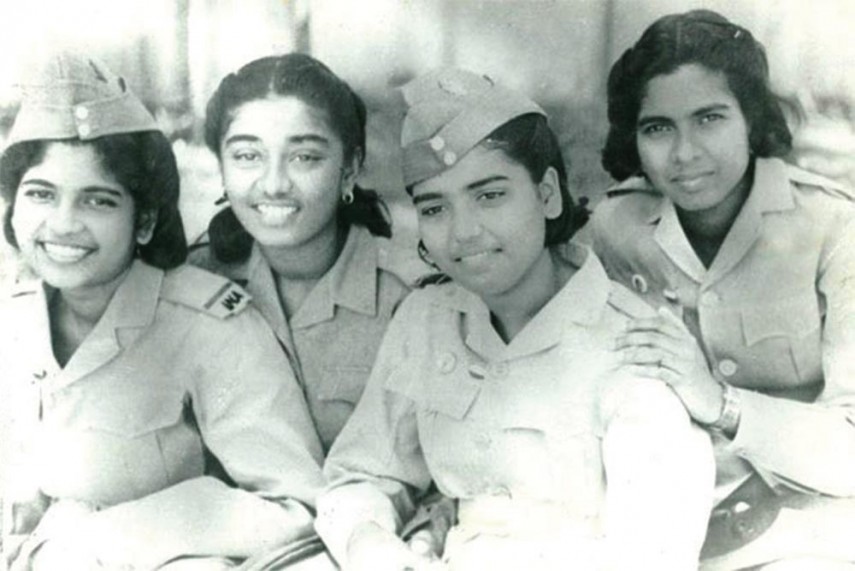
In fact, such was the courage and resolve of these pioneering girls that not a single one abandoned their regiment even when the victorious Allies were closing in on them and after hundreds of their male comrades surrendered or deserted — a fact many INA officers and British Army officers later testified to.
As for Janaki, the focussed girl soon rose through the ranks to become a Lieutenant. In April 1944, Captain Lakshmi was transferred permanently to the base hospital in Maymyo and 18-year-old Janaki (remembered as a strict disciplinarian by her subordinates) became the commander of the Burma contingent of RJR.
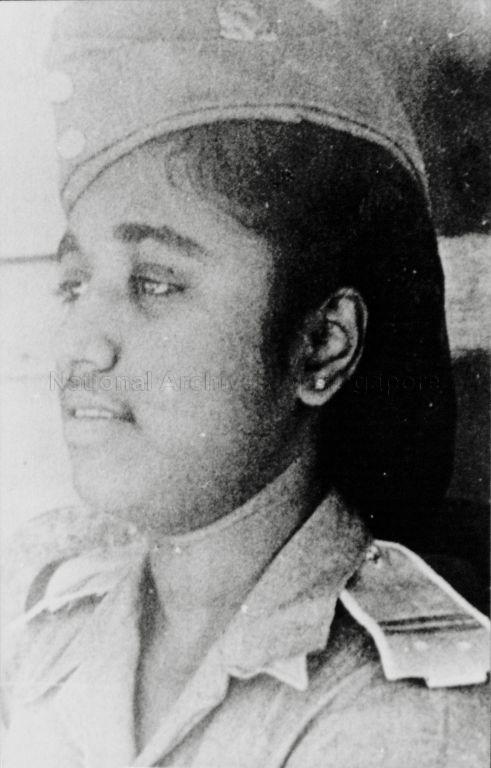
In the months that followed, Janaki would go on to rescue wounded soldiers when the British bombed the Red Cross hospital in Rangoon. Later, when the INA was in retreat, she would trek through the swamps and forests of Burma with Netaji to get fellow fighters back to their homes safely.
When INA was disbanded after the British won the war, Janaki joined the Indian Congress Medical Mission in Malaya. Inspired by the work being done by the Indian National Congress, she helped John Thivy establish the Malayan Indian Congress in 1946.
In 1948, she met Athi Nahappan (then the editor cum publisher of the Malayan Tamil daily Tamil Nesan) and married him the next year.
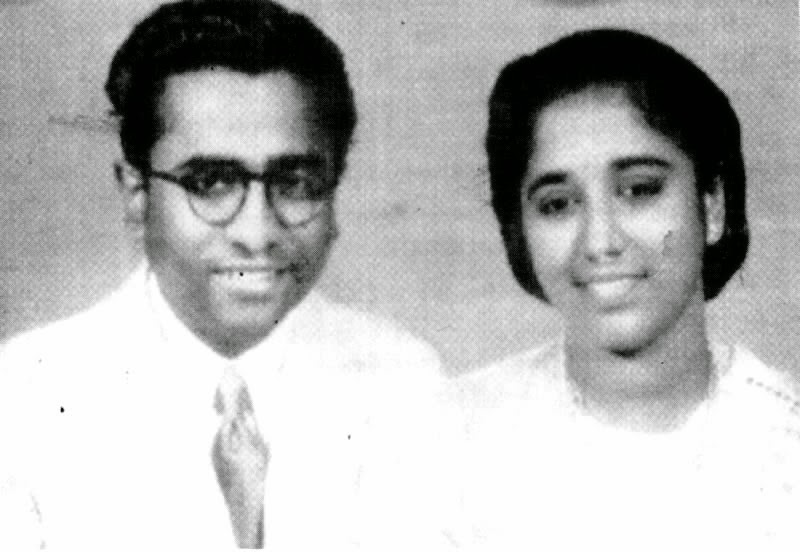
In the years to come, time and age hardly withered her spirit and determination to serve people. Passionate about social welfare, Janaki began playing an active role in organisations such as the Girl Guide Association and the National Council of Women’s Organization.
Unsurprisingly, her tireless efforts also saw her being nominated as a senator in the Upper House (Dewan Negara) of the Malaysian Parliament. Honoured with numerous national and international awards, Janaki also became the first woman of Indian origin outside India to be awarded one of India’s highest titles, the Padma Shri.
Setting an enduring example of courage and compassion, Janaki Thevar was a woman who walked shoulder to shoulder with the men during trying times. Despite the failure of her dream to help INA defeat the British, she deserves to be remembered and respected for her commitment to the highest of human aspirations — freedom.
Also Read: At 21, This Feisty Bengali Woman Etched Her Mark on India’s Freedom Struggle!
Like this story? Or have something to share? Write to us: [email protected], or connect with us on Facebook and Twitter.
NEW: Click here to get positive news on WhatsApp!
If you found our stories insightful, informative, or even just enjoyable, we invite you to consider making a voluntary payment to support the work we do at The Better India. Your contribution helps us continue producing quality content that educates, inspires, and drives positive change.
Choose one of the payment options below for your contribution-
By paying for the stories you value, you directly contribute to sustaining our efforts focused on making a difference in the world. Together, let’s ensure that impactful stories continue to be told and shared, enriching lives and communities alike.
Thank you for your support. Here are some frequently asked questions you might find helpful to know why you are contributing?


This story made me
-
97
-
121
-
89
-
167











